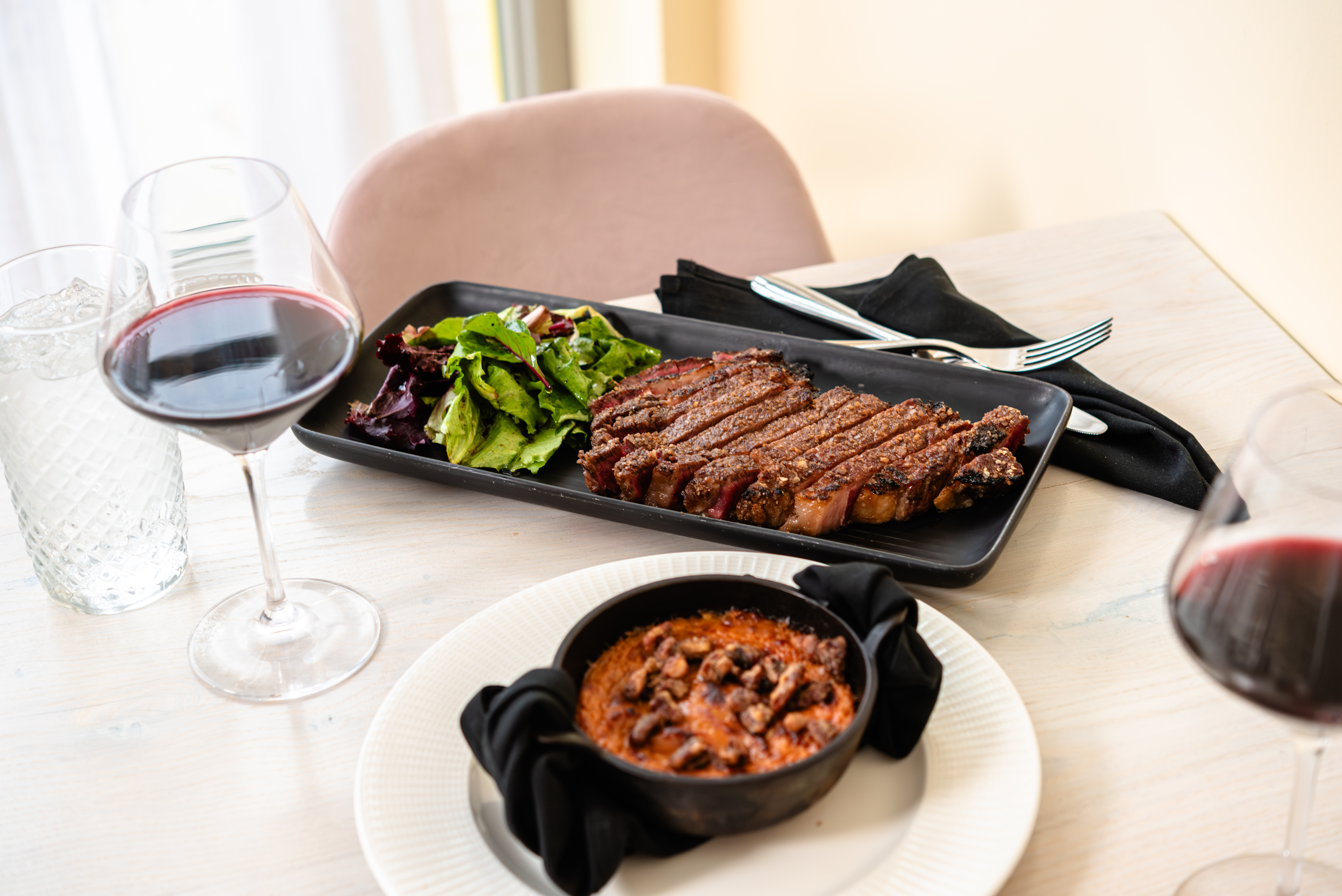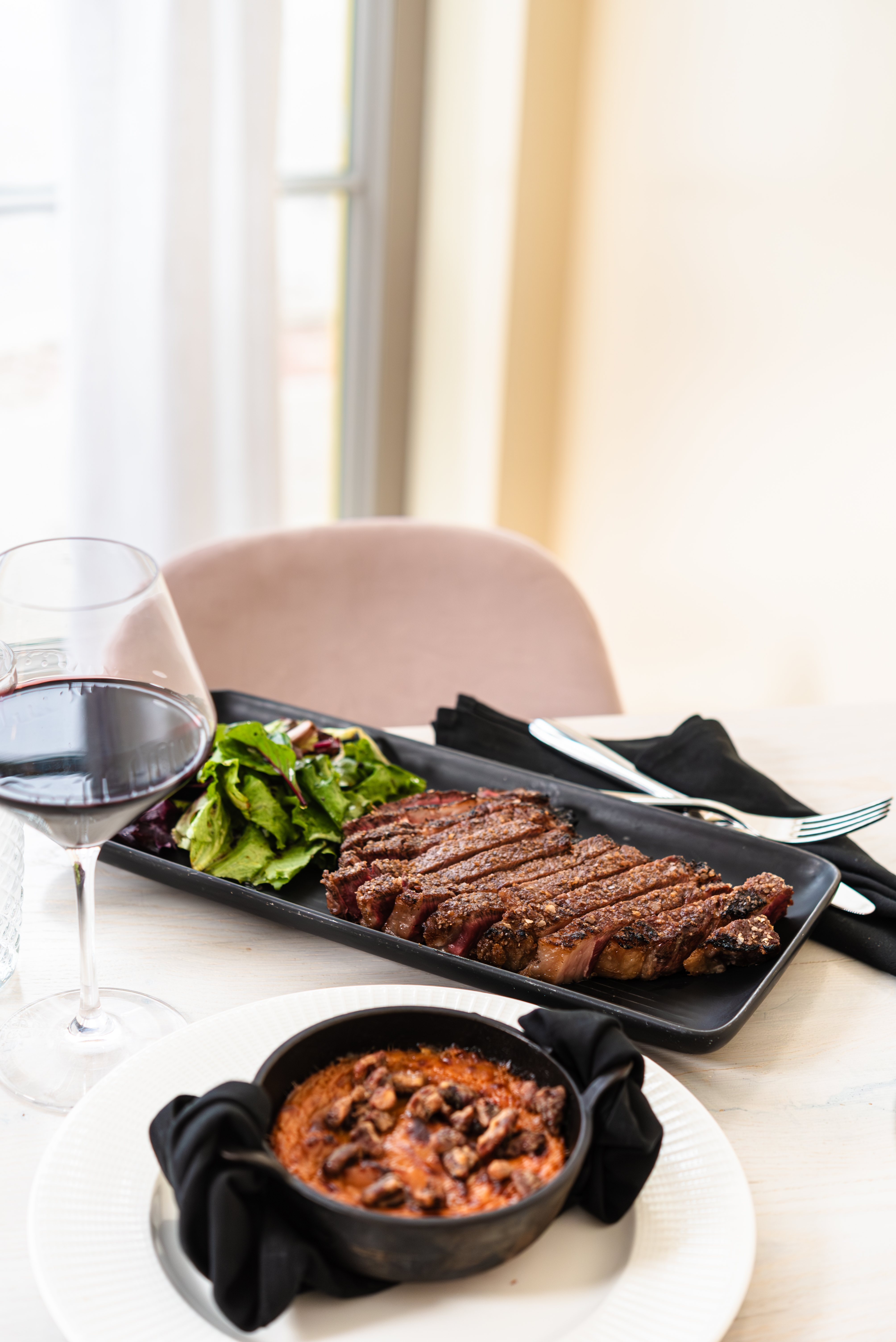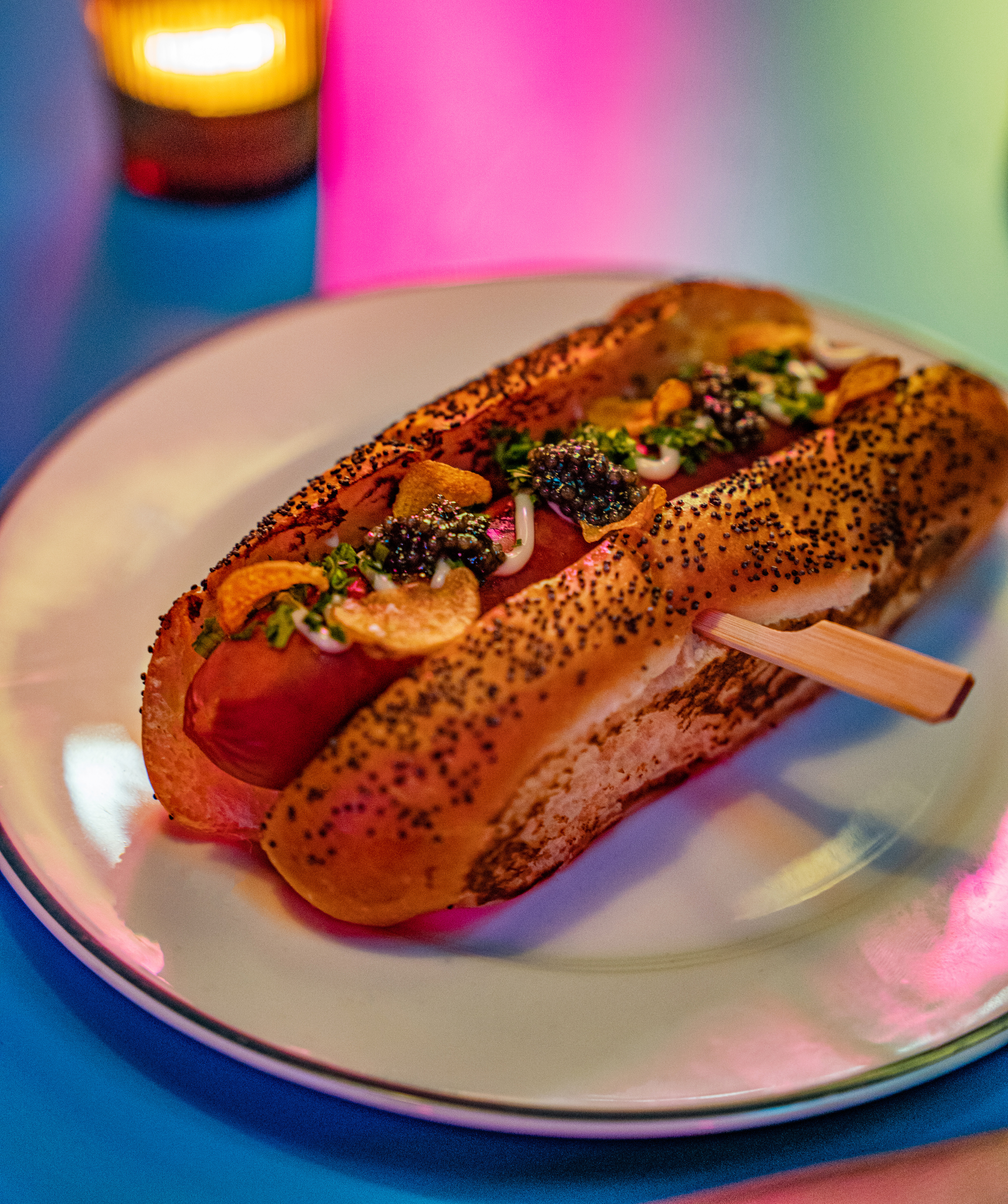Start small: Depending on where and how they're harvested, oysters can range from the size of a silver dollar to as large as your fist. "For first-time oyster eaters, I try to steer them toward small ones, called cocktail oysters," Bando says. Seasoned oyster-eaters chew the meat a few times to extract more flavor, but it's OK to toss it back like a shot if you're squeamish.
Branch out: Pay attention to oysters' more nuanced flavors such as cucumber, melon or minerality. "They taste like salt water," says Bando, "until you get to the point where your palate is educated." Order just two or three varieties at a time, at least two half-shells of each,to find your favorites. Generally, Pacific oysters are brinier and Atlantic oysters are earthier, but Bando cautions that flavor varies greatly between growers and even between batches. "That's the cool thing to me — they're kind of a grab bag every time you order something."
Go easy: "I would never put cocktail sauce on an oyster," Bando says, as it masks the flavor. Instead, try it with a squeeze of lemon, a splash of vinegar-based mignonette sauce or a few drops of hot sauce. And don't feel like you need to put down a dozen. "I could never eat a dozen. The first six are delicious, but they start to not taste good after about six, which is the same as anything else that's really rich."
Try these ‡¨Bando's mignonette is a simple mixture of champagne vinegar, minced shallot and black pepper.
Trending
-
1
-
2
-
3
-
4
-
5










